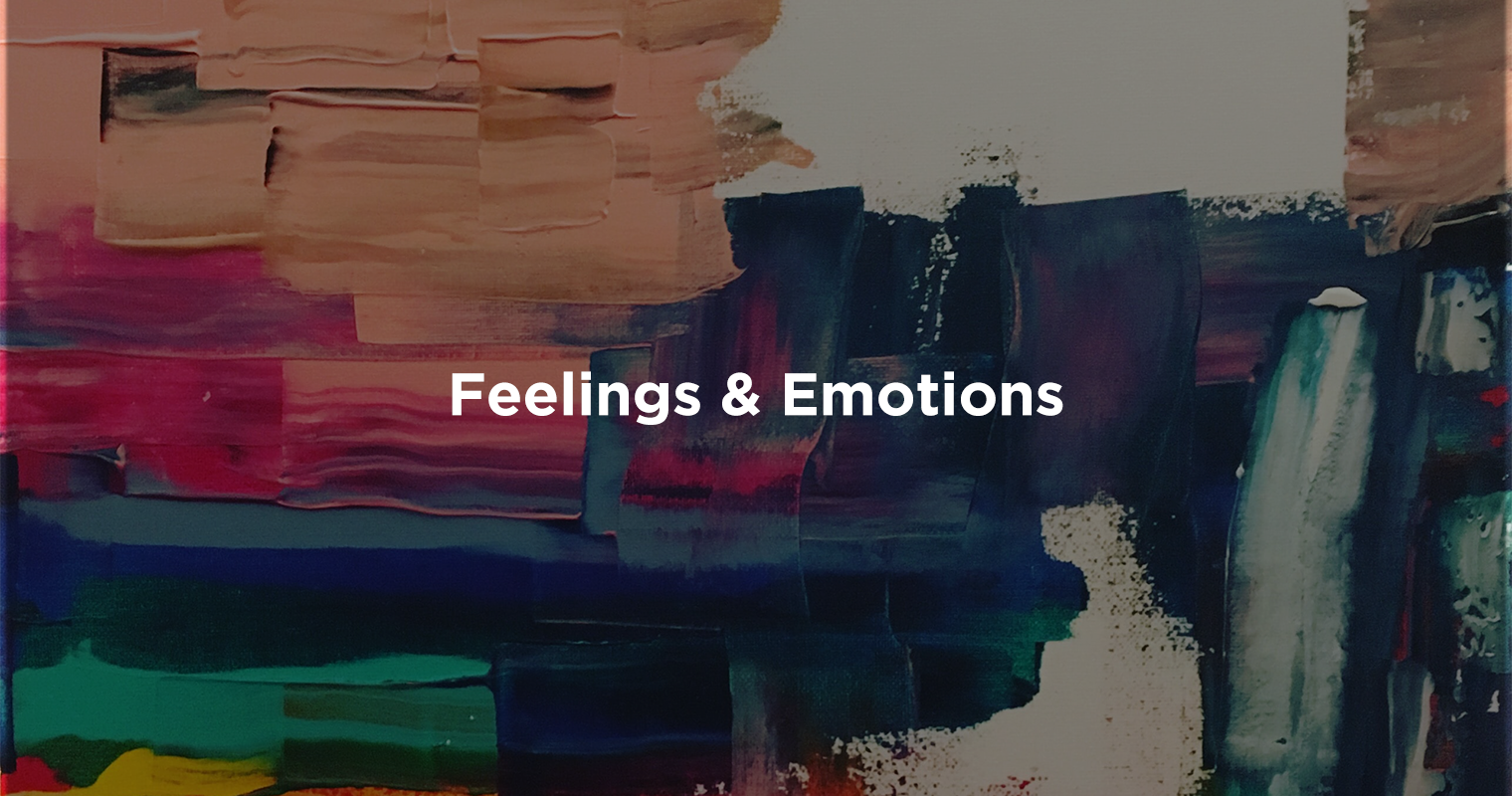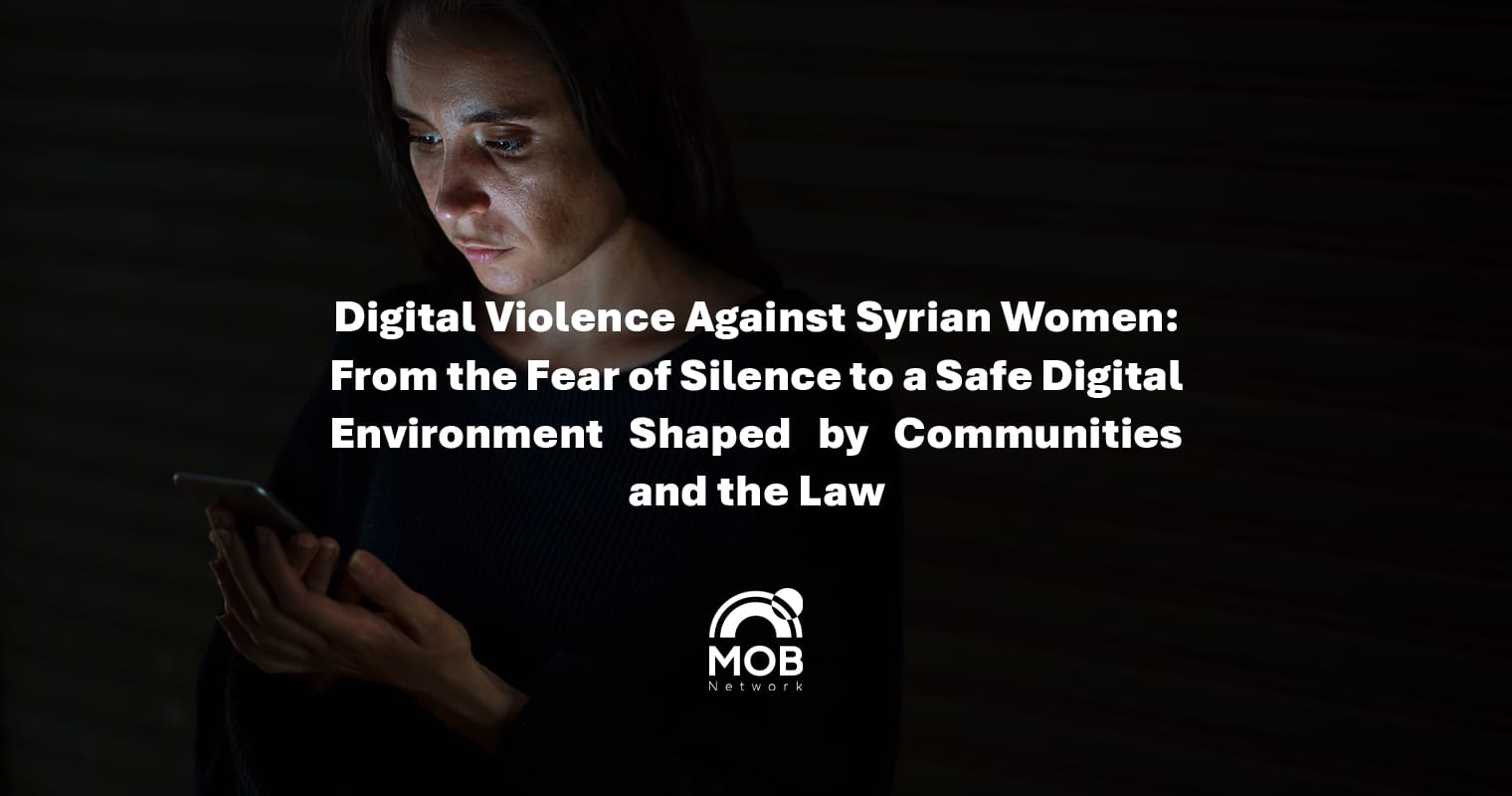In the first article, we talked about the method of nonviolent (empathetic) communication, its goals, and its pillars.
In this article, we will work on explaining the four steps of the approach, and how we can use them to help us formulate a language that helps us give from the heart, a language that enables us to transcend the cycles of violence that have ravaged our societies; one that keeps us connected with our compassionate nature.
1st Element of Nonviolent Communication: Observation

Observation is a concrete description of acting or not acting in a shareable way, a concrete description of any senses-based input.
We can use phrases like: “When I: see, hear, smell, remember” as an introduction to our speech.
(In a sharable way) means understood for all, e.g. there is a difference between accusing someone with “Jawdat is angry”, and saying “Ibrahim threw the remote down”.
There is a huge difference between describing an actual attitude and an accusation. Describing a certain action helps people around the globe understand what transpired.
“The ability to observe without evaluating is the highest form of intelligence”
J. Krishnamurti Tweet
The more pre-judgments and expectations there are, the harder it gets to perceive reality in the closest possible way, for everyone sees reality from their perspective. Our problems and tensions often stem from the way we perceive things, from our point of view, which may not be realistic or real. Therefore, we say that we cannot see reality as it is, but rather this is our awareness of reality and our point of view, which can create a lot of ground for tensions between people.
Another example is the wolf (the symbol of violent communication according to the curriculum) saying: “You are very late today for our appointment” (there is “you are late” and “a lot”), while the giraffe (the symbol of non-violent communication) says: “Today you came 11 minutes after the appointment” and this is what distinguishes the language of the giraffe from the wolf.
2nd Element of Nonviolent Communication: Feelings and Emotions

Our feelings are limited, like the tones of a trumpet, as described by Rollo May, a psychoanalyst, and this is what we also see in the movie Inside Out, behind which was the theatrical study conducted by Paul Ekman, who talks about 5 feelings: joy, sadness, anger, fear, and disgust, as basic feelings.
Feeling is the second step, i.e., I express what I feel or what I sense at the moment, not beliefs or thoughts.
The first point that helps us distinguish between a feeling and an idea is the related pronouns after “that”, such as saying “I feel that you”, and this turns the expression of feeling into an expression of an idea or a belief.
The second point is related to the use of some phrases such as “as if”,
“as if I am”
For example, I feel as if I’m a loser – I feel as if I’m living with a wall.
The third point is the use of some pronouns and nouns, such as I feel that Wissam has acted appropriately.
The second element, Sensations:
"All of our repressed feelings turn into physical pain."
Eugene Gendlin Tweet
A sensation is what is related to our body. It is what comes to our body from the outside or the inside, such as pain, heat, and balance, and this is what we call a sensation.
Returning to the giraffe and the wolf, the giraffe realizes its feelings and expresses them, while the wolf does not know his feelings and sometimes does not express them. This is the difference between the language of the giraffe and the wolf in expressing feelings and sensations.
The important point that we must talk about is the distinction between the stimulus and the cause. In our dialogue and human relations, we hold others responsible for our feelings, but the behavior of the other is a stimulus. While the real cause of our feelings is our own needs and expectations of how our needs are met.
3rd Element of Nonviolent Communication: Needs

Which is the main element of the nonviolent communication approach (curriculum).
In this component, we express our needs at the moment. If we talk about our observations and then our feeling, after that comes the need.
It is not a strategy, method, or policy, but rather our needs. Our feelings and needs, as what Marshall calls “what is alive in us.”
My awareness of my feelings allows me to know my needs better, and my awareness of my needs provides me with the opportunity to make a request that fulfills my needs.
The pain of not expressing our needs can lead to depression. As a result of the cultural requirements that teach us and accustom us not to express our needs and to search for things different from what is going on inside us.
Therefore, our awareness of our feelings provides us with a good opportunity to recognize our needs related to these feelings. Our fulfilled needs generate feelings of joy and happiness, and our unmet needs generate sadness, anger, and fear, and the continuous failure to express our needs will lead us to depression, as we mentioned earlier.
There are several needs analyses: Manfred Max-Neef analyzed needs in socially and economically developed societies, Abraham Maslow‘s analysis is the most general and comprehensive in the world, and several other analyses, including Mary Clark‘s, all of which can be looked up.
Different analyses help us become more aware of our needs, and be able to distinguish needs through two points:
The first is that needs are generally human by nature, and all have the same basic needs.
The second point is: needs do not have a reference, that is, I cannot say that I am doing this because of “it”. When I say because of something, it means that it is a strategy, not a need.
As an example:
A home satisfies my physiological needs, security, belonging, love, appreciation, and respect.
Work can meet several needs at the same time. This is what helps me distinguish between a strategy, a method, a policy, and a need.
For example, a giraffe says I need warmth and comfort and I wish you would close the door if you wanted.
4th Element of Nonviolent Communication: Requests

The most important item that helps distinguish a request from a demand is being open to hearing a “no”. if a “no” is the request’s receiver’s answer, while having a temper, it would be a demand, not a humane request for meeting a need.
5 points help formulate the request:
– The request should be clear, i.e., that we avoid vague and indirect formulas such as: “Is it possible that you are serious?” This request is unclear, and the other does not know how to respond.
– To be specific, which means in the form of a specific action or behavior that the other can do.
– realistic.
– achievable in a sense where we or others can do it.
– It should be formulated positively because if the request is formulated negatively, it motivates the other to respond negatively.
Culture teaches us to ask for what we don’t want instead of what we want, and experience shows us that the more aware we are, the greater the chance that we will get our request, and to make sure that the other person has understood what we are asking of them, we can ask them to rephrase what they heard. If they accept, we appreciatively thank them, and if they do not accept, we try to sympathize with them.
Our request must be loaded with the “is it possible” query to make sure that the other party has understood the request and will work to implement it because this is what helps us avoid many conflicts.
It is also important when we make a request that we get an answer from the other person about whether he will carry out the request or not.
In conclusion, the approach to nonviolent communication, as we mentioned earlier, is an approach that needs training and practice, and we can now start experimenting with practicing the four steps in our daily speech and conversation with ourselves and with others.





